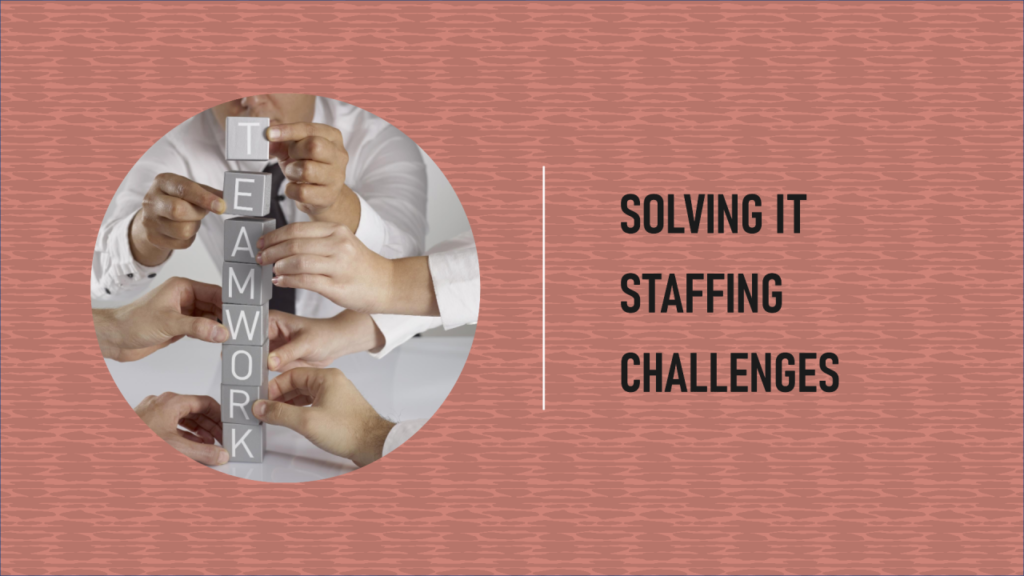Shipment Management Solution
Online International Courier Management Solutions
Shippoing is an advanced online courier management software designed to enhance operational efficiency, automate processes, and improve customer satisfaction with real-time tracking, secure data handling, and seamless integration.
Struggling with courier parcel mismanagement and inefficiencies?
Shippoing addresses your courier management challenges by preventing prohibited items, ensuring parcels reach the correct hub, and providing real-time customer credit limit management. Our online courier management software automates bagging, significantly reducing time spent on manual processes. Enhance your operational efficiency, boost productivity, and improve customer satisfaction with Shippoing’s comprehensive and secure solutions.
Challenges Faced by Courier Service Provider
Features of Online Courier Management Software

Customer Self-Service Portal
Book shipments, track parcels, and manage invoices effortlessly

Seamless Customer Onboarding Journey
Easy and intuitive onboarding process for new customers

Interactive and Live Dashboard
Real-time insights and data visualization for better decision-making

Manage Customer Credit Limit
Monitor and adjust customer credit limits in real time

Track Shipment Prohibited Items
Ensure compliance by tracking restricted items in shipments

Automated Bagging Process
Save time with efficient, automated bagging operations

Mobile App to Manage Operations
Control and monitor your operations on the go with our mobile app
Benefits of Online Courier Management Solutions

Improve Operation Efficiency
Streamline processes to enhance overall operational efficiency

Improve Employee Productivity
Automate tasks to boost employee productivity and focus

Minimize Revenue Leakages
Prevent financial losses with accurate tracking and management

Increase Profits
Optimize operations to maximize profitability

Improve Customer Satisfaction
Deliver better service and reliability to increase customer satisfaction
Enhanced Parcel Tracking
Ensure accurate and real-time parcel tracking for peace of mind
Web Application Development
Progressive Web App Design
Our experienced PWA specialists have the technology and industry skills to deliver apps that engage better and retain users.
Center of Excellence (CoE)
We have a dedicated Center of Excellence (CoE) to nurture innovation and provide new benchmarks of success and competence for the industry to follow.
End-to-end progressive web application development
Our end-to-end progressive web application development services cover every stage of the development cycle and ensure the quality and speed of execution.
Proven methodologies to build PWAs
We use proven methodologies to build PWAs with unprecedented performance levels.
Resources
Get a copy of brochure on
Brand New IT Tech.





















